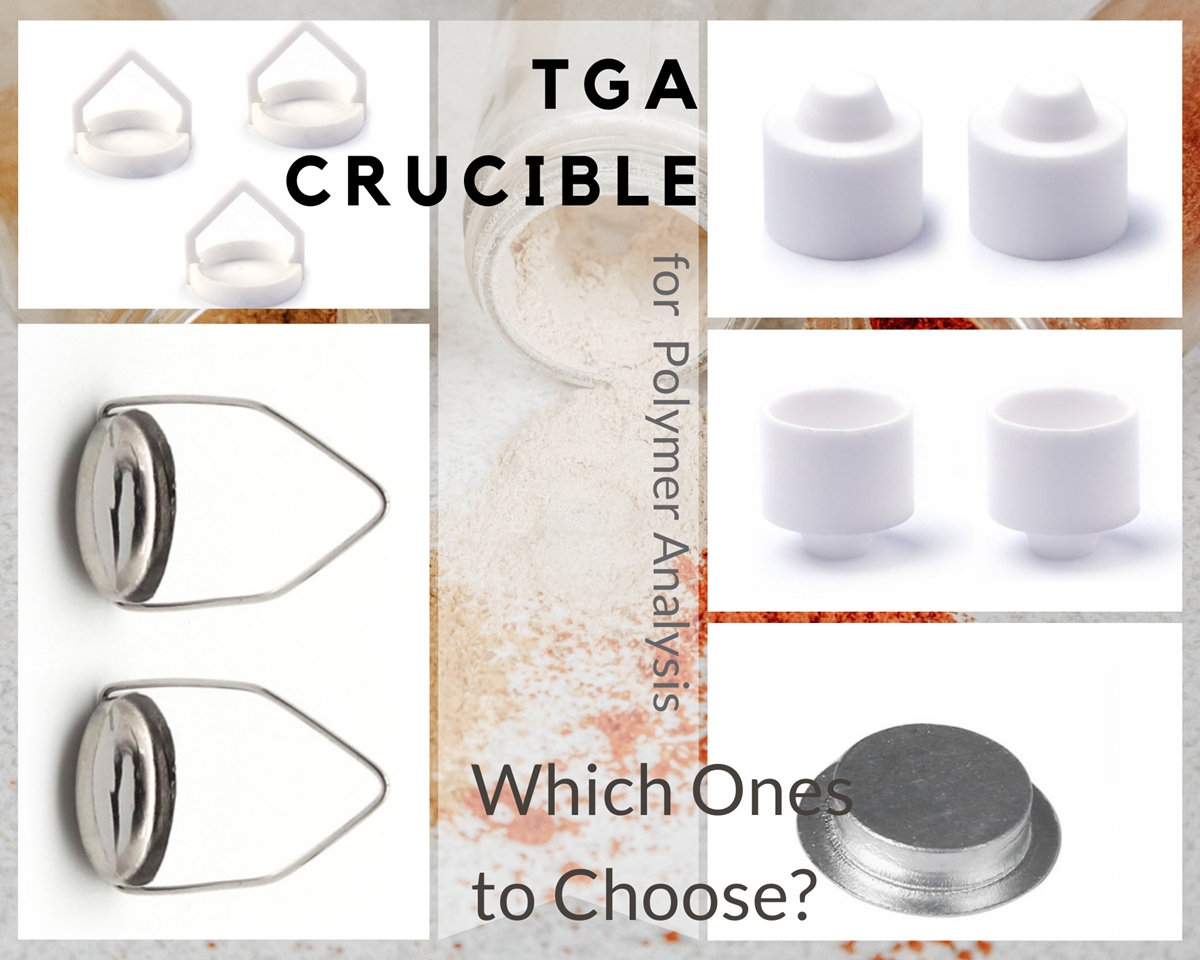Your cart is empty.
shop now
Your cart is empty.
shop now
Content Table
1. Introduction | 5. Best Practices for TGA Crucible Selection 5.1 Analyzing Polymer Samples 5.2 Compatibility with Analysis Techniques 5.3 Cost and Reusability |
2. Importance of TGA Crucibles for Polymer Analysis 2.1 Understanding Thermogravimetric Analysis (TGA) 2.2 Role of Crucibles in TGA | 6. Conclusion |
3. Types of TGA Crucibles 3.1 Ceramic Crucibles 3.2 Aluminum Crucibles 3.3 Platinum Crucibles | 7. Frequently Asked Questions (FAQs) 7.1 Can I reuse TGA crucibles for different polymer analyses? 7.2 Are platinum crucibles more suitable for high-temperature polymer analysis? 7.3 What precautions should I take when handling TGA crucibles? 7.4 Where can I find reliable suppliers of TGA crucibles? |
4. Considerations for Choosing TGA Crucibles 4.1 Temperature Resistance 4.2 Chemical Compatibility 4.3 Sample Capacity 4.4 Thermal Conductivity |
Thermogravimetric Analysis (TGA) is a widely used technique in the field of polymer analysis. It involves subjecting a sample to a controlled temperature increase while continuously monitoring its weight change. By observing the weight loss or gain of the sample as a function of temperature, valuable insights into its thermal stability, decomposition behavior, and composition can be obtained.
TGA crucibles are an essential component of the TGA setup. They serve as containers for the polymer samples and play a crucial role in ensuring accurate and reliable analysis results. The choice of TGA crucibles can significantly impact the experimental outcomes and data interpretation.
Before diving into the selection of TGA crucibles, it's essential to understand the fundamentals of TGA. TGA works on the principle that different materials undergo thermal decomposition or mass changes at distinct temperatures. By monitoring the weight change of a sample over a specified temperature range, various thermal events, such as degradation, evaporation, or oxidation, can be identified.
TGA crucibles provide a controlled environment for the polymer samples during the analysis. They need to withstand high temperatures, resist chemical interactions with the sample, and exhibit minimal thermal conductivity. The choice of crucibles depends on the specific characteristics of the polymer being analyzed and the experimental conditions.
There are several types of crucibles commonly used in TGA experiments. Each type has its unique properties and advantages. The following are some of the most frequently used TGA crucibles:
Ceramic crucibles, typically made of alumina (Al2O3), offer excellent chemical resistance and high-temperature stability. They are suitable for a wide range of polymer analyses and are particularly useful for high-temperature experiments.
Aluminum crucibles are lightweight and cost-effective options for TGA analysis. They provide good heat conductivity, enabling efficient heat transfer to the sample. However, aluminum crucibles may not be suitable for experiments involving aggressive chemicals.
Platinum crucibles are highly inert and can withstand extremely high temperatures. They are ideal for demanding applications that involve high-temperature polymer analysis or aggressive chemical environments. However, their high cost makes them less economical for routine analyses.

When selecting TGA crucibles for polymer analysis, several factors need to be considered to ensure accurate and reliable results.
The crucibles must be able to withstand the highest temperatures reached during the TGA analysis without deforming or reacting with the sample. Understanding the specific temperature requirements of the analysis is crucial in choosing the appropriate crucible material.
Polymer samples may contain additives or be exposed to aggressive chemicals during the analysis. It is important to select a crucible material that is chemically compatible with the sample and the experimental conditions to avoid unwanted reactions or contamination.
The crucible size should accommodate the required sample size for analysis. It is crucial to ensure that the crucible has sufficient volume for the polymer sample without compromising the accuracy of the measurement.
The thermal conductivity of the crucible material can affect the heat transfer efficiency during the TGA analysis. It is important to consider the specific thermal properties of the polymer sample and choose a crucible material with an appropriate thermal conductivity to achieve accurate temperature control.
To optimize TGA analysis of polymers, the following best practices should be considered when selecting crucibles:
Understand the specific characteristics of the polymer sample, such as its decomposition temperature range, presence of volatile components, or chemical reactivity. This information will guide the selection of the most suitable crucible material.
Consider any additional analysis techniques or equipment (e.g., evolved gas analysis) that will be used in conjunction with TGA. Ensure that the chosen crucible material is compatible with these techniques to obtain comprehensive data.
Balance the cost of crucibles with their expected lifespan and reusability. While certain crucibles may have a higher upfront cost, they could be reused multiple times, making them cost-effective in the long run.
In conclusion, the selection of TGA crucibles is a critical aspect of polymer analysis. Ceramic crucibles, aluminum crucibles and platinum crucibles are among the commonly used options, each with its own advantages and limitations. The choice of crucible material should consider temperature resistance, chemical compatibility, sample capacity, and thermal conductivity. By understanding the specific requirements of the analysis and following best practices, researchers can optimize their TGA experiments and obtain accurate insights into the thermal behavior of polymers.
Yes, depending on the nature of the polymer samples and the cleanliness of the crucibles, they can often be reused for different analyses. It is important to clean the crucibles thoroughly between experiments to avoid cross-contamination.
Platinum crucibles are well-suited for high-temperature polymer analysis due to their excellent temperature resistance and chemical inertness. However, their high cost may limit their use to specific applications where their unique properties are necessary.
When handling TGA crucibles, it is essential to wear appropriate personal protective equipment, such as gloves and eye protection. Avoid direct contact with crucibles when they are hot to prevent burns. Also, follow proper cleaning procedures to remove residues and ensure accurate results.
There are several reputable suppliers of TGA crucibles available online. It is recommended to research and choose suppliers that offer high-quality crucibles made from the desired materials, ensuring accurate and reliable results.